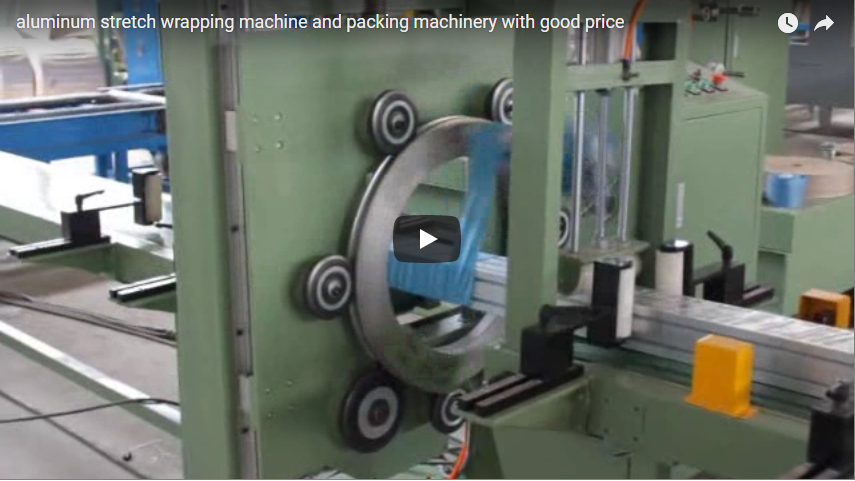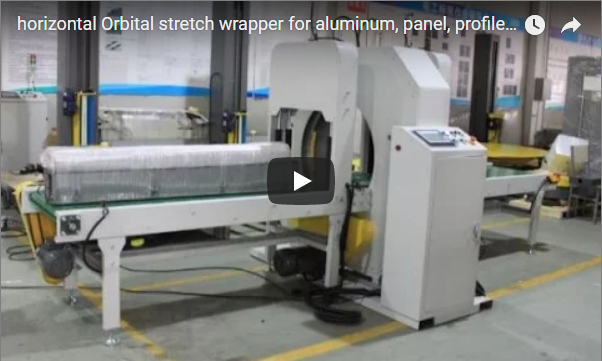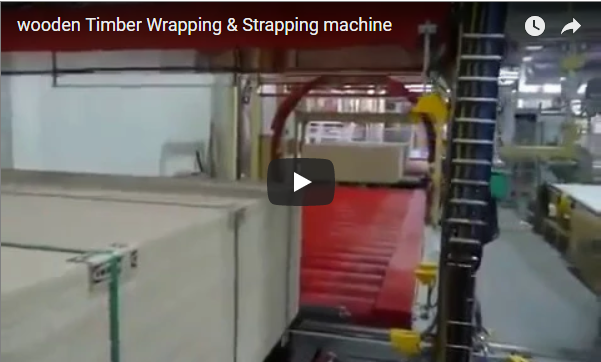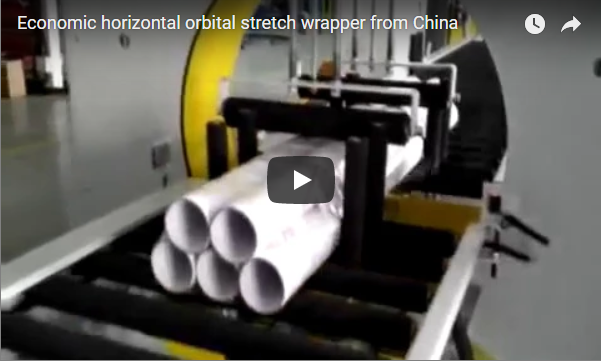Understanding the Orbital Wrapping Machine: Technology, Operation, and Applications
1. Introduction to Orbital Wrapping Technology
Orbital wrapping machines, also known as horizontal wrappers or ring wrappers, represent a specialized category of stretch wrapping equipment designed primarily for securing long, bulky, or irregularly shaped products. Unlike traditional turntable or rotary arm wrappers, orbital wrappers pass the film carriage around the product as it moves horizontally through the machine's ring. This method provides consistent, secure wrapping for items like pipes, lumber, extrusions, textiles, doors, and windows, enhancing load stability and protecting against environmental factors during shipping and storage.
2. Core Operating Principles
The fundamental operation involves several synchronized components:
- Conveyors: Input and output conveyors move the product horizontally through the wrapping ring at a controlled speed.
- Rotating Ring: A large ring holds the film carriage assembly (containing the stretch film roll and pre-stretch mechanism). This ring rotates around the product as it passes through.
- Film Carriage: Dispenses the wrapping material, often with a powered pre-stretch system to maximize film yield and ensure tight wrapping.
- Clamping and Cutting Unit: Automates the start and end of the wrap cycle by clamping the film initially and cutting it upon completion.
The synergy between conveyor speed and ring rotation speed determines the wrap overlap and overall tightness.
3. Key Technical Specifications and Considerations
Understanding the specifications is crucial for matching a machine to an application:
- Product Handling Capacity:
- Maximum Product Diameter/Cross-Section: Defines the largest profile the ring can accommodate (e.g., up to 800mm).
- Product Length: Typically unlimited, constrained only by conveyor length and factory space.
- Wrapping Material Compatibility:
- Stretch Film: Most common material, offering load containment and protection.
- Plastic Sheeting/VCI Film: Used for enhanced moisture or corrosion protection.
- Foam/Bubble Wrap: Applied for surface protection against scratches or impacts.
- Paper/Kraft Paper: Used for specific bundling or surface protection needs.
- Operational Performance:
- Ring Speed: Often specified in rotations per minute (RPM), directly impacting throughput (e.g., up to 100 RPM). Higher speeds yield faster wrapping cycles.
- Conveyor Speed: Adjustable to control wrap overlap and accommodate different product lengths.
- Control System:
- Programmable Logic Controller (PLC): Enables precise control over wrapping parameters (rotation speed, conveyor speed, wrap counts, tension) and allows for saving multiple wrap programs for different products. Facilitates integration with other automated line equipment.
- Human-Machine Interface (HMI): Typically a touchscreen panel for easy setup, operation, and diagnostics.
- Power and Environmental:
- Power Requirements: Standard industrial power (e.g., 440V, 60Hz, 3-phase), though specific requirements vary.
- Operating Noise: Modern designs aim for reduced noise levels (e.g., around 65 dB) for improved workplace environment.
- Physical Footprint:
- Machine Dimensions: Length, width, and height (e.g., 3000mm L x 1500mm W x 1800mm H) determine installation space requirements.
- Machine Weight: Significant weight (e.g., approx. 1000kg) necessitates appropriate flooring and handling equipment.
4. Advanced Features and Safety Mechanisms
Modern orbital wrappers incorporate features enhancing efficiency and operator safety:
- Powered Pre-Stretch: Stretches the film before application (up to 250-300%), reducing material consumption and improving load containment force.
- Encapsulated Rotation Ring: Shields moving parts, enhancing safety and reducing potential snag points.
- Comprehensive Safety Sensors: Detect obstructions or improper product positioning, triggering emergency stops.
- Safety Fencing and Interlocks: Physical barriers prevent access to hazardous areas during operation, with interlocks automatically stopping the machine if gates are opened.
- High-Efficiency Motors: Reduce energy consumption while delivering consistent performance.
5. Practical Applications Across Industries
Orbital Wrapping Machines are invaluable in sectors dealing with elongated or awkward items:
- Building Materials: Wrapping bundles of lumber, PVC pipes, metal studs, insulation panels, windows, and doors.
- Metals Industry: Securing aluminum extrusions, steel bars, copper tubing, and profiles.
- Plastics Industry: Packaging plastic pipes, profiles, and sheets.
- Textiles: Wrapping rolls of fabric, carpet, or nonwovens.
- Furniture: Protecting assembled or kit furniture components.
- Automotive: Bundling exhaust pipes, trim pieces, or other long parts.
The ability to provide full wrap coverage protects these products from dust, moisture, and handling damage.
6. Setup, Operation, and Maintenance Insights
- Installation & Setup: Requires proper leveling, secure anchoring, and connection to power and potentially compressed air. Initial setup involves calibrating conveyor speeds, ring speed, film tension, and programming wrap patterns via the HMI based on product types.
- Operation: Typically automated. Operators load the product onto the infeed conveyor, select the appropriate wrap program, and initiate the cycle. The machine automatically clamps the film, wraps the product as it conveys through, and cuts the film at the end.
- Maintenance: Regular checks and maintenance are crucial for longevity and reliability.
- Daily/Weekly: Inspect film carriage rollers, check for film residue buildup, verify safety sensor function.
- Monthly: Lubricate moving parts (chains, bearings) as per manufacturer recommendations, check belt tensions.
- Annually: More thorough inspection of motors, gearboxes, electrical connections, and overall structural integrity. Replacing wear parts like cutting blades or clamp pads may be necessary. Following the manufacturer's recommended maintenance schedule (often suggesting an annual service) is advisable.
7. Benefits for Fabricators and Manufacturers
Integrating an orbital wrapping machine offers tangible advantages:
- Improved Product Protection: Consistent, tight wrapping shields products from dirt, moisture, and transit damage.
- Enhanced Load Stability: Securely bundles items, preventing shifting during handling and transport.
- Increased Throughput: Automates the wrapping process, significantly faster than manual methods.
- Reduced Labor Costs: Frees up personnel previously assigned to manual wrapping tasks.
- Material Savings: Powered pre-stretch optimizes film usage, lowering consumable costs.
- Professional Presentation: Provides a neat, professional look for packaged goods.
By understanding the technology, specifications, and operational nuances, manufacturers can effectively leverage orbital wrapping machines to streamline their end-of-line packaging processes for long or challenging products.
info@fhopepack.com






